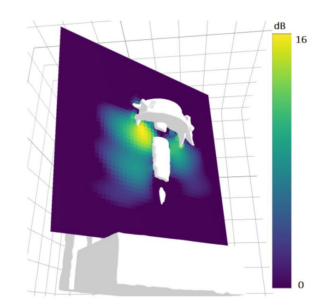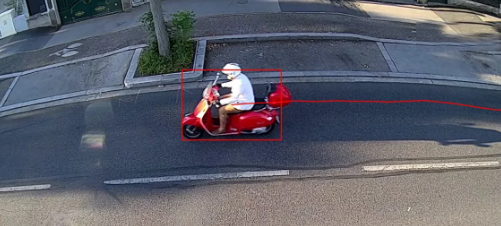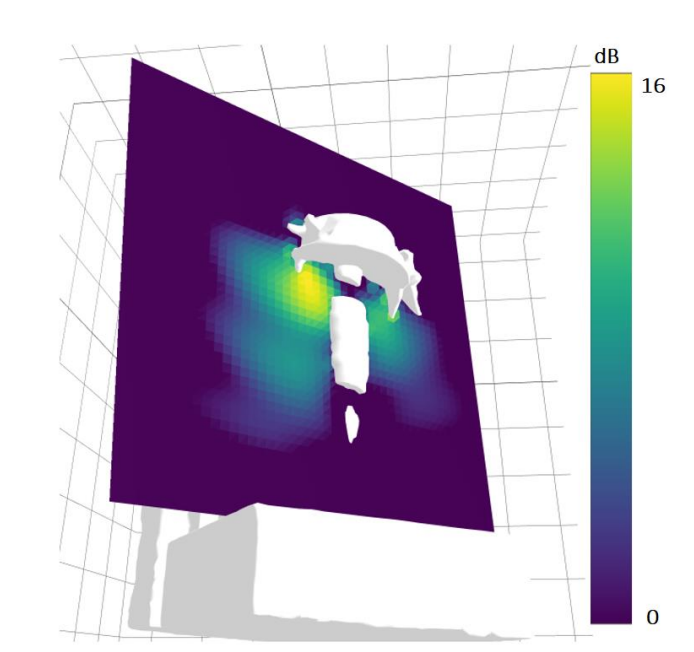Le basculement des véhicules vers une motorisation électrique, ou a minima hybride, pousse les constructeurs à réaliser l’intégration de ces moteur dans l’ensemble de leur gamme. Ces moteurs électriques plus silencieux présentent néanmoins des sources de bruit bien différentes des moteurs thermiques (principalement un spectre contenant de fortes composantes tonales). Il est donc important de caractériser de manière quantitative ces sources pour optimiser le confort après intégration. Ce papier présente une approche multi-antenne et une méthode inverse pour la quantification des sources sur moteur électrique.
3D Acoustical characterization of an electrical motor by Bayesian focusing
Caractérisation acoustique 3D d’un moteur électrique par focalisation bayésienne

Auteur(e)s
Thibaut Le Magueresse1, Allan Outrequin 1, Michael Thivant1, Jérôme Antoni 2, Jean-Louis Jouvray3 and Etienne Robert 3
1 MicrodB 28 chemin du petit bois, 69131 Ecully, France
2 Univ Lyon, INSA-Lyon, Laboratoire Vibrations Acoustique
3 Groupe Renault
Abstract
The industrial sound characterization of noisy objects by imaging techniques is subject to practical constraints (limitations of the number of arrays, restriction of the acquisition duration, noisy environment) and the characterization itself is challenging (3D description of the field in terms of directivity or absolute acoustic sound power per component for example).
Therefore, the use of advanced imaging techniques such as three-dimensional inverse methods becomes relevant. The present study aims at illustrating advantages of the Bayesian Focusing through a deep analysis of the radiation of an electrical motor mounted on a test bench. First the importance of modelling realistic acoustical transfer functions will be highlighted.
Then, the wealth of information given by the method in terms of source description will be illustrated. The robustness with respect to the number of snapshots will be studied. Finally the quality of reconstruction may be estimated by computing statistical
criteria.

Caractérisation acoustique 3D d’un moteur électrique par focalisation bayésienne
Accédez à l’entièreté de la publication







